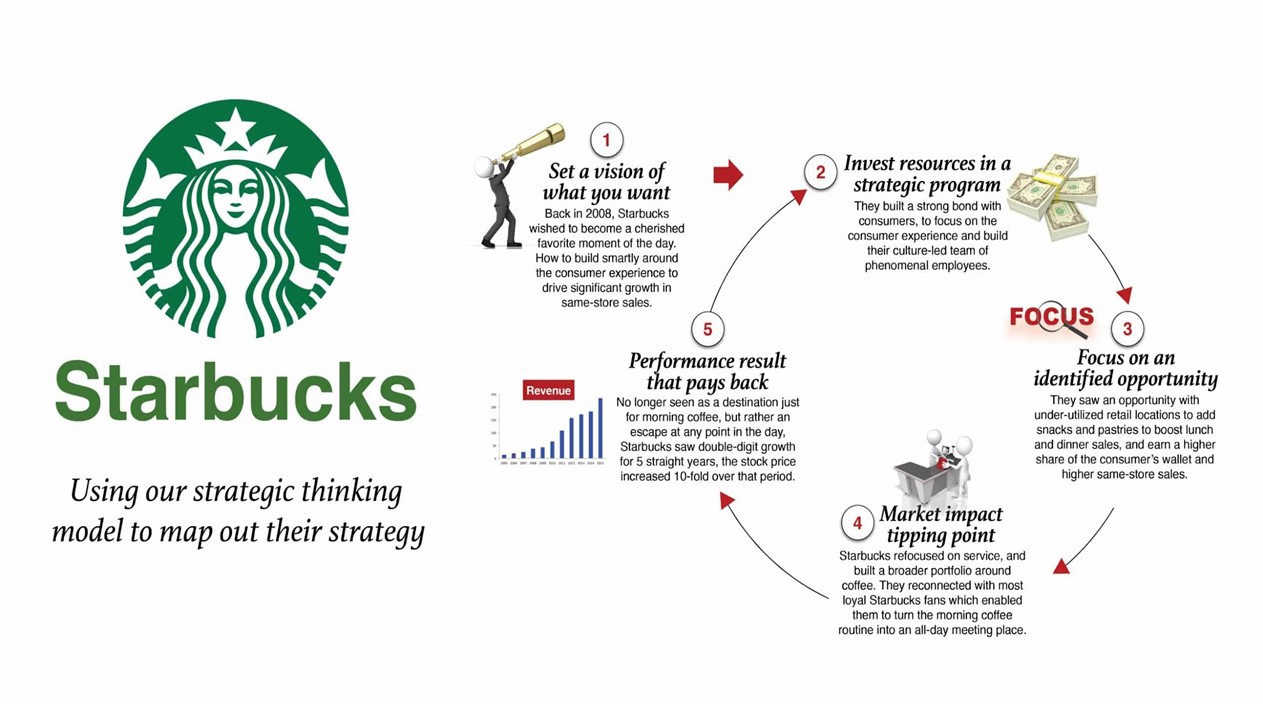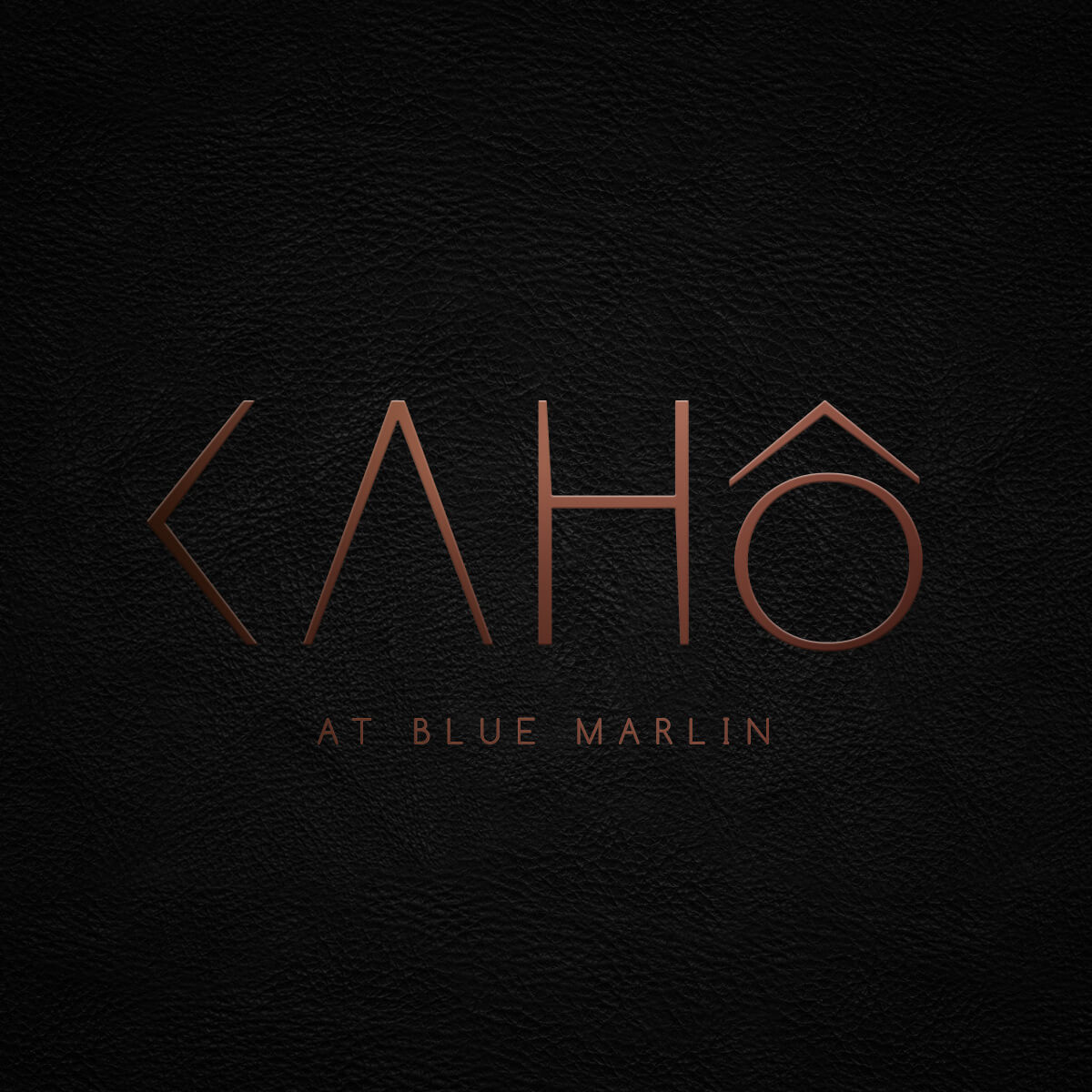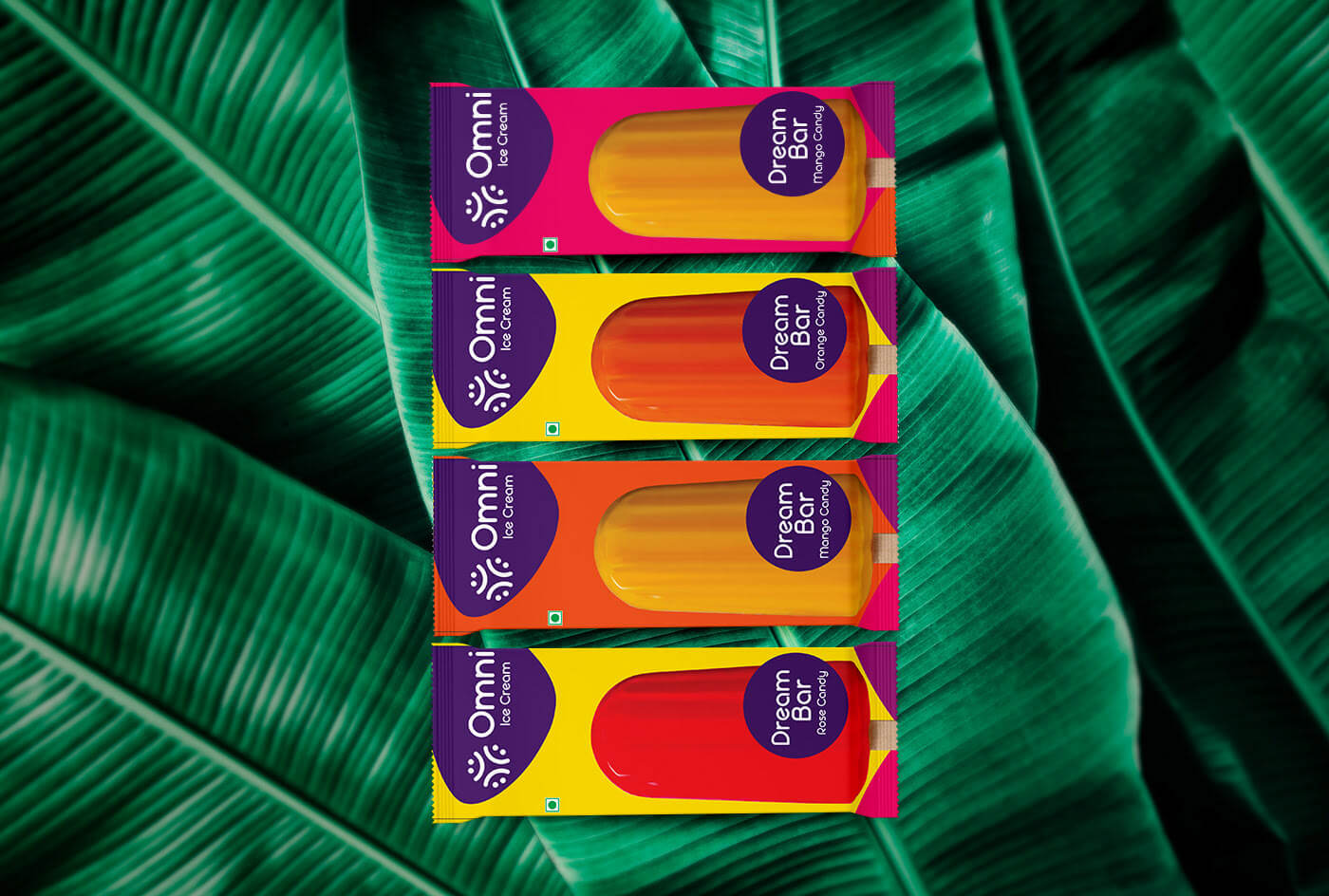Food Branding for Food Inventions
Food inventions have always resulted in fulfilling a consumer’s need. For example, the very famous Maggi flavor was invented initially by Switzerland entrepreneur Julius Maggi to provide a nutritious meal for the poor working class. Over time, many F&B inventions helped consumers towards a better lifestyle. However, as the market grew, the competitiveness in the food market also increased.
Hence, creating a branding experience has become essential for any F&B business. Exceptional food branding can stick with your consumers and contributes to developing an emotional or, even better, culinary bond for a long-lasting relationship.

This blog will discuss techniques to establish the right impression and develop a distinctive brand identity.
Brand Building for F&B Brands
1. Concept

A concept is determined by its menu offerings, costs, interior design, level of service, seating arrangement, and mood for an F & B company. Are you a fine dining establishment, a pop-up bar, a pub, a fast-casual restaurant, a food truck, or a place that exclusively accepts online orders? Your concept determines the core operation of your product and services. Selecting a unique and alluring idea makes your brand signature and encourages word-of-mouth.
Starbucks’ Brand Success

The brand priority focuses on giving consumers a relaxed and smooth experience. Hence, they created their brand around this concept. All its marketing channels show the same vision and encourage smooth communication, creating electronic word of mouth and customer loyalty.
2. Brand’s Purpose and Ideology
Your brand’s mission and philosophy lay the basis of the standards that your restaurant aspires to achieve. Your brand can connect with your stakeholders, staff, and customers through a mission statement.

Hence, Brands that lack a clear mission and vision have trouble establishing their identity and, ultimately, their place in the market. Do focus on your mission statement; it will serve as a guide for all other decisions you make about the appearance of your brand.
3. Develop A Logo and Tagline.
The phrase “logos are the face of the business” has been spoken a million times, but when it comes to food brands, it becomes the focal point of your entire brand-building strategy. Not yet persuaded? If you were to imagine traveling through a city, you would easily spot McDonald’s in the sea of brands because of its iconic golden arches and vivid red background.

As per the color theory, Warm colors like red, orange, and yellow are ideal for food branding. On the other hand, green brands tend to be natural and organic. And since blue has the most negligible impact on hunger, it is advised to stay away from it.
While your logo graphically represents your brand, your tagline summarizes what makes your company unique and is intended to elicit a response from your target audience.
4. Share a Story
Everybody enjoys a good tale. The power of storytelling to unite individuals and foster new relationships is crucial. You are therefore missing out on the enormous revenue-boosting potential of your content marketing strategy if you are still debating it or haven’t found out how to communicate your brand’s narrative effectively.

And how does it connect with F&B brands?
Delivering outstanding flavor and good nutrition is no longer sufficient in the congested food and beverage market as businesses compete for the attention of tech-savvy and socially connected consumers. Your brand needs to offer an emotional experience to win over your target audience’s hearts and wallets. Hence, design and content are the ideal mediums for doing this.
5. Establish A Website and optimize it.
Social media platforms and online deliveries are essential for the food and beverage industry. Your prospective guests and devoted clients may wish to check your website for information like ordering online, checking the menu, finding opening hours, or learning more about your business.

We advise you to spend money on top-notch website designs and photoshoots since they will help you establish your brand’s tone, voice, and aesthetics. Maintaining an active social media account is strongly advised to showcase your aesthetics, new additions, and brand essence.
Moreover, in this digital age of highly focused advertising, your customers will probably specify their food preferences in their searches for “vegan chocolate ice cream” rather than the more general “ice cream.” So, it is your job to target them with the right SEO keywords.
Spend Money On Visual Identity
The word “visual identity” encompasses many components, including logos, typography, colors, forms, and images. While each design element is essential, specifically regarding food branding, the packaging has a coherent effect that is strong enough to draw people.

Even though eating is a sensory experience, your clients will initially notice your product with their eyes, not their taste buds. For this reason, how you package your food or drink is essential. Although it is simple to be influenced by the creative freedom, it is crucial to consider your target audience. Understanding your customer’s buying preferences in important for packaging. Packaging also aids in helping shoppers distinguish your goods among the countless different alternatives that are clogging shelves.
Client Examples:
Restaurant Identity: The Japanese restaurant wanted to stand out from the saturated market. They wanted us to create a unique philosophy to elevate the customer experience. We took its best advantages and processed it to make a unique tone and signature style.

Brand Identity and Packaging: Ice Cream has become a symbol of comfortable summer delight, and the Ice Cream brand wanted the same elements in its brand packaging. Thus, we recreated their vision with intense, vivid, happy colors to bring out optimism and freedom. The smiling logo does its magic of hopeful happiness whenever a consumer sees the logo.

Work with Vowels
You might have already decided on the main elements of your brand, but implementing them may be difficult for you. Although the food sector excels at experimentation, it is advisable to walk carefully in branding because it could go awry and mislead your consumer. On the other hand, if done right, customers will appreciate your work more positively.
FAQs
Q. What does food branding entail?
Ans. Food branding aims to convey personality and distinctiveness so that you are not mistaken for other businesses similar to yours in the marketplace. It develops a comprehensive picture of a company used across all promotion platforms, from social media accounts to banner advertising.
Q. How can I market my fast food restaurant?
Ans. Promote your restaurant franchise with top-notch images. Focus on-the-go mobile service. Use social media wisely and create a secret menu.
Q. What are the Food marketing strategies?
A restaurant marketing plan aims to draw customers. Advertising, promotions, events, emphasizing loyalty, customer service, menu design, pricing, and location are just a few examples of restaurant marketing techniques.






